Pressure Sensing Elements
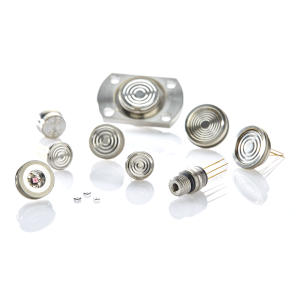
OEM piezoresistive sensing elements

24-Bit digital output, pressure sensor
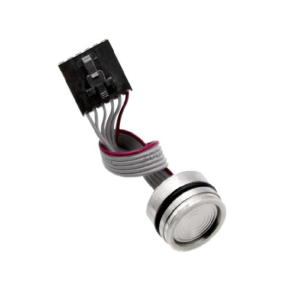
14-Bit digital output, pressure sensor
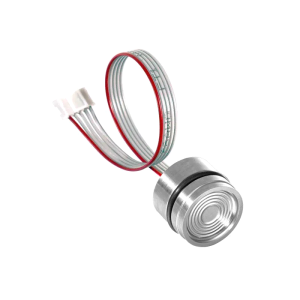
14-Bit digital output, pressure sensor
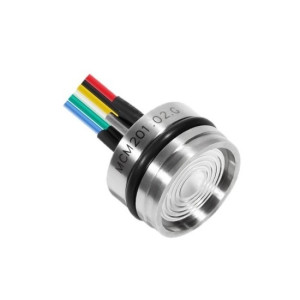
Pressure and temperature, pressure sensor
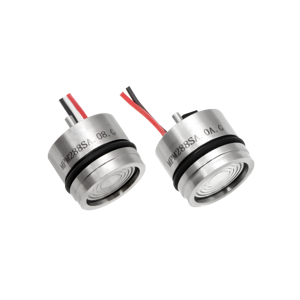
Current 4-20mA or voltage output pressure sensor
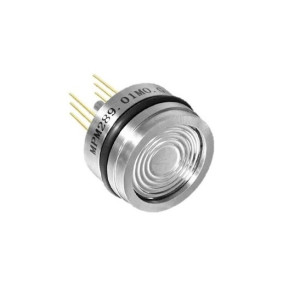
mV output, pressure sensor
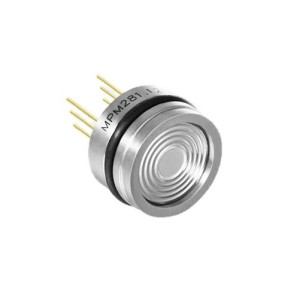
mV output, pressure sensor

Constant voltage, pressure sensor

mV output, pressure sensor

Corrosion resistant, pressure sensor
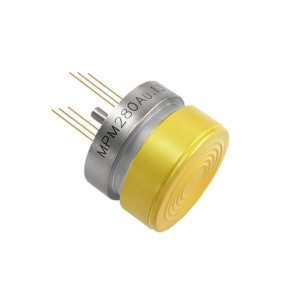
mV output, pressure sensor

mV output, pressure sensor

mV output, pressure sensor
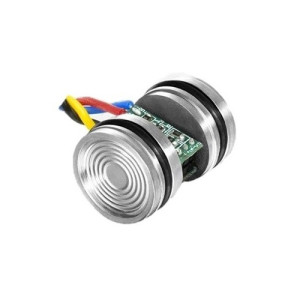
Differential, pressure sensor
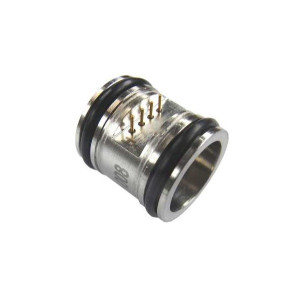
Differential pressure sensing element

Pressure Sensing Element, small size
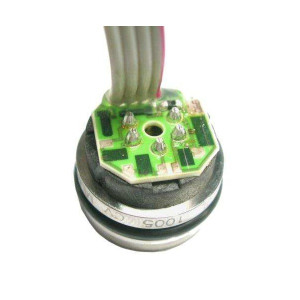
Pressure Sensing Element O’ring mount

Pressure Sensor Amplified output
Micro-miniature pressure sensing element with digital output
Learn about pressure sensing elements, their working principles, types, and applications across various industries.
A pressure sensing element is a device or component used to measure and detect pressure in various applications. It converts mechanical force or pressure into an electrical signal for monitoring, control, or data collection.
Pressure sensing elements typically work based on the principle of deformation or displacement caused by the applied pressure. Common technologies include strain gauges, piezoelectric crystals, capacitive sensors, and resistive sensors. These elements change their electrical properties in response to pressure, allowing for pressure measurement.
Pressure sensing elements are used in a wide range of applications, including industrial automation, automotive systems, medical devices, HVAC (heating, ventilation, and air conditioning), aerospace, and consumer electronics. They are crucial for tasks such as pressure monitoring, control, and safety.
Pressure sensing elements come in various types, including strain gauge-based sensors, piezoelectric sensors, capacitive sensors, and resistive sensors. Each type has its own advantages and is suitable for specific applications.
Absolute pressure sensing elements measure pressure relative to a perfect vacuum, gauge pressure sensors measure pressure relative to atmospheric pressure, and differential pressure sensors measure the difference in pressure between two points. The choice depends on the specific requirements of the application.
Yes, some pressure sensing elements are designed to operate in harsh conditions, such as extreme temperatures, corrosive environments, or high-pressure situations. These sensors are often built with ruggedized materials and protective coatings.
Many modern pressure sensing elements come equipped with digital interfaces like I2C or SPI, making them compatible with microcontrollers and digital communication protocols for easy integration into electronic systems. Remember that the specifics of pressure sensing elements can vary depending on the type and manufacturer, so it's essential to consult the datasheets and documentation provided by the manufacturer for detailed information and guidelines on their use and maintenance.